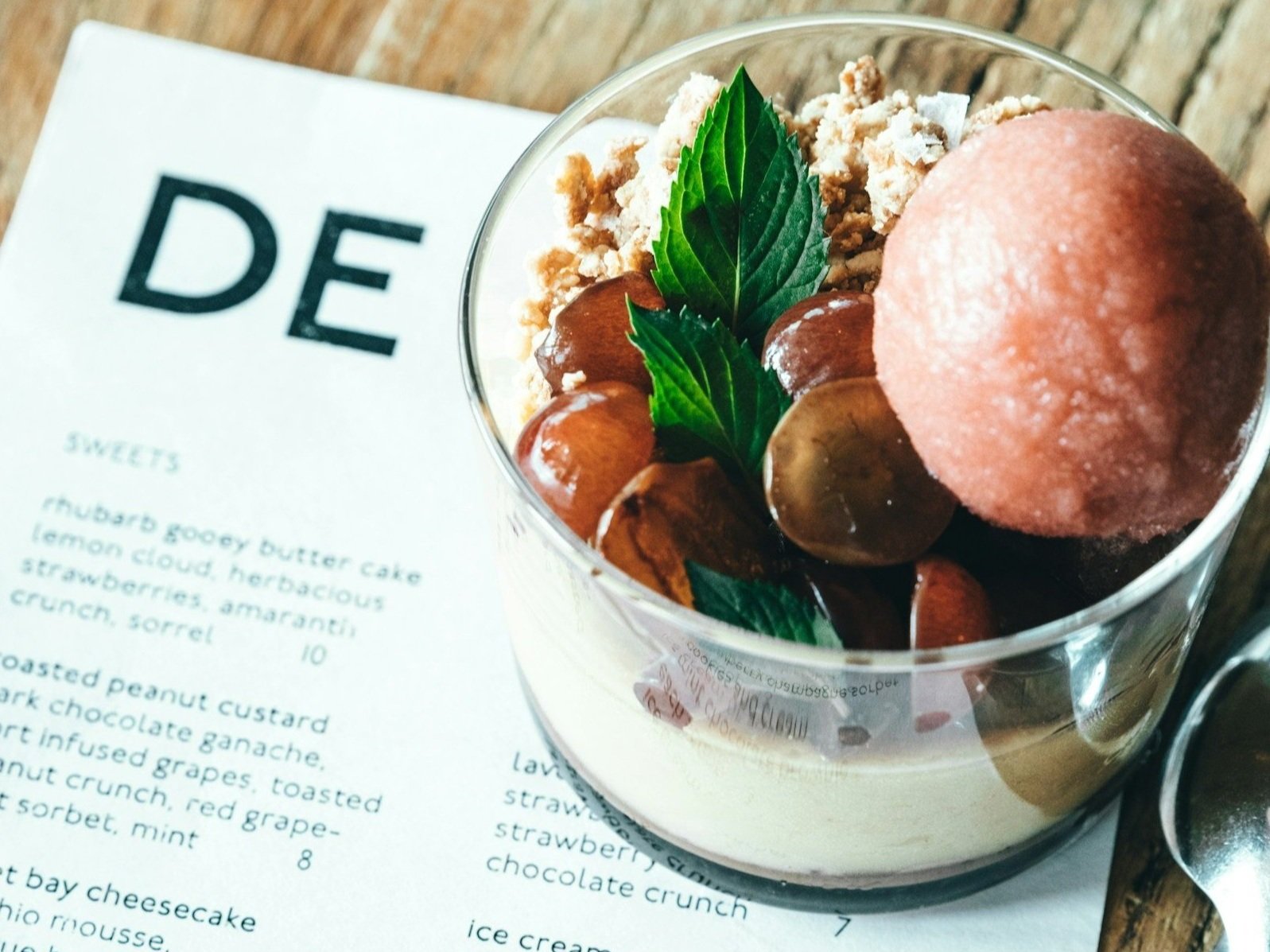How to Design a Menu to Maximize Profit
How to Design a Menu to Maximize Profit
A well-designed menu is more than just a list of dishes—it’s a powerful sales tool that influences customer choices, enhances the dining experience, and ultimately drives profitability. Whether you’re running a fine-dining restaurant, a casual café, or a catering business, strategic menu design can make a significant impact on your bottom line. Here’s how to create a menu that not only delights your guests but also boosts your profits.
1. Engineer Your Menu with High-Profit Items
Menu engineering is the process of analyzing your food costs and strategically positioning items to maximize profit. Identify your most profitable dishes (high-margin and popular) and make them the stars of your menu. These should be:
Placed in the prime visual real estate on the menu (top right corner for a two-page menu, or the first few items in each section).
Highlighted with subtle design elements like bold text, icons, or a chef’s recommendation label.
Given enticing descriptions that focus on quality and experience, rather than just ingredients.
2. Optimize Pricing with Psychological Tactics
Pricing plays a crucial role in profitability. Small changes can have a big impact on customer perception:
Drop the dollar sign ($) – Research shows that diners are more likely to spend when the price is simply "15" instead of "$15.00."
Use decoy pricing – Place a high-priced item near your mid-range options to make the latter appear like a great deal.
Offer “good, better, best” choices – This allows customers to self-upgrade. For example, offer a regular burger, a deluxe burger, and a premium Wagyu burger. Many will go for the middle option, increasing the average spend.
3. Balance Food Costs Without Sacrificing Quality
Profitable menus aren’t just about high-ticket items—they’re about smart ingredient use. Consider:
Cross-utilization of ingredients – Minimize waste by using the same core ingredients in multiple dishes (e.g., roasted tomatoes appearing in a pasta, a salad, and a sandwich).
Strategic portioning – Adjust portion sizes to maximize perceived value while keeping food costs in check.
Seasonal and local sourcing – This often reduces costs while allowing you to market dishes as fresh and sustainable.
4. Design for Readability and Decision-Making
Your menu’s layout should guide guests toward high-profit items while making the ordering process effortless. Keep these principles in mind:
Limit menu choices to avoid decision fatigue (7-10 items per category is ideal).
Group items strategically—high-margin dishes should be placed first or last in each section.
Use white space to make the menu feel approachable and uncluttered.
Avoid using too many currency signs, long columns of prices, or overwhelming text blocks.
5. Train Your Staff to Upsell and Guide Choices
A great menu is only part of the equation—your team needs to be trained to sell it effectively. Encourage them to:
Recommend high-margin items enthusiastically.
Use suggestive selling, like pairing dishes with profitable add-ons (e.g., “Would you like to add truffle fries to your steak?”).
Offer menu insights that enhance the guest experience (“This dish is our chef’s favorite—it’s made with fresh, locally sourced seafood.”).
6. Monitor Performance and Adapt
A menu should never be static. Regularly track sales data to see which items are performing well and which should be revised or removed. Conduct cost analysis, gather customer feedback, and test new offerings to keep your menu profitable and dynamic.
Need Expert Guidance on Menu Strategy?
Designing a menu that maximizes profit while maintaining quality and guest satisfaction requires expertise. Hospitality Consulting Partners specializes in helping restaurants, cafes, and catering businesses optimize their menus for success. Whether you need a complete menu overhaul or just a profitability tune-up, we’re here to help. Contact us today to start crafting a menu that works harder for your business!

